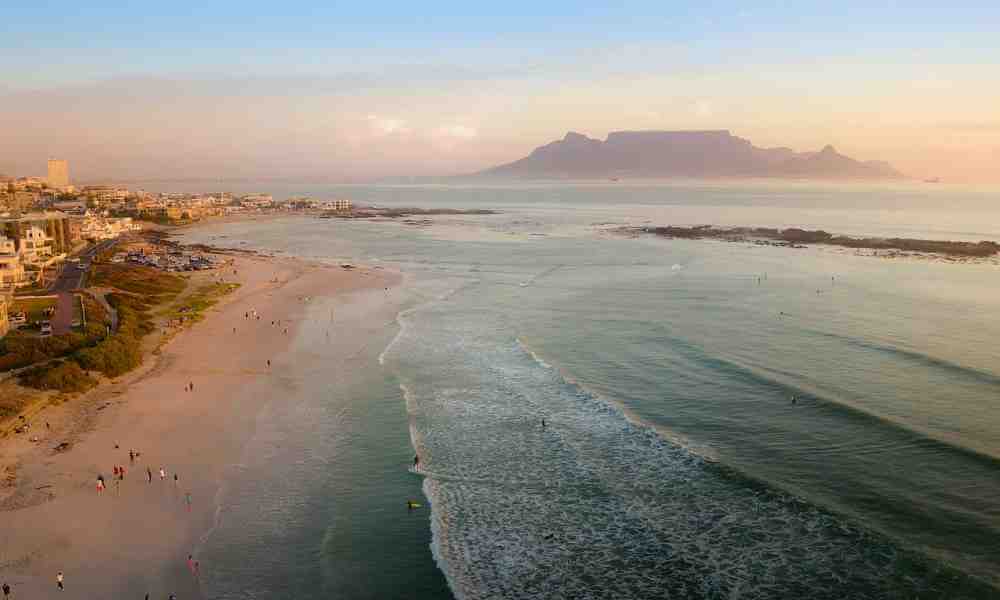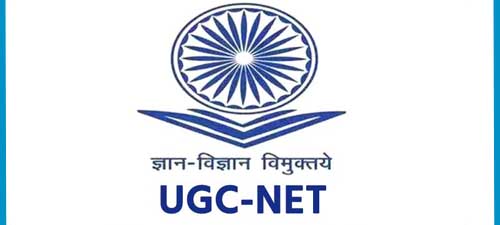Destination Branding: Every destination is different. Transforming the tourism destination into attractive brand is a relatively new concept. The various changes in the value system, for instance, in segmenting target groups, new dynamics of communication and media and orientation towards sustainability is to be revisited for establishing the brand.

Since the beginning of the tourism, the packages offered remain differentiated and attractive in terms of market supply, price and communication contributing in elevating the world tourism. The customer demand for the everlasting thrill cue the need to redesign the package to make a difference for the mesmerising unparalleled experience. The brand management aim to offer the combination of its’ own superordinate performance and the people expectations about their life shortages (dreams, desire, hopes etc.).
Concept of Destination Brand
Destination: The word ‘Destination’ originated from latin word ‘destinare’ means ‘make firm, establish’ that indicate point of disembarkation. A destination may be a geographic area consisting of all the services and infrastructure necessary for the stay of a selected tourist or tourism segment (WTO 1992 or Bieger 1996). Destinations are the competitive units of incoming tourism.
Destination brand is the destination’s essence comprising of core values making it distinct with a competitive edge. It largely depends on the values that the place carries. The story narrated by the place about its historical strength is the attraction represented to the visitors in the form of Destination Brand.
Destination Positioning is the art of developing and communicating meaningful differences between a region’s tourism offerings and those of competitors serving the same target market (Heath & Wall, 1992:115).
“Positioning starts with a product. A piece of merchandise, a service, a company, an establishment , or maybe an individual . But positioning isn’t what you are doing to a product. Positioning is what you are doing to the mind of the prospect. That is you position the merchandise within the mind of the prospect.”
“Positioning is that the act of designing the company’s offering and image to occupy a particular place within the target market’s mind.” (Philip Kotler. Marketing Management: The Millennium Edition).
A four step model was proposed by Heath & Wall in 1992. The steps are as follows;
Step 1: Assess the current position in comparison to its competitors.
Step 2: Select the desired position in which destination to be developed and communicating the same.
Steps 3 and 4: Planning and implementation of the strategy is challenging as to reposition a destination. Heath and Wall have quoted an instance of converting a tourism region into a region rich in cultural heritage. How the region should be communicated after developing the selected area to be projected as heritage (Heath and Wall, 1992: 120).

Branding the Destination positioning
“A brand may be a name, term, sign, symbol, or design, or combination of them, intended to spot the products or services of 1 seller or group of sellers and to differentiate them from those of competitors.” (Kotler, Philip. 2000).
A brand is a combination of both functional and non-functional meaning uniquely engraved in the mind of the tourists. “Branding is probably the foremost powerful marketing weapon available to contemporary destination marketers” (Morgan and Pritchard, 2002, p. 11)
Destination Marketing Organizations (DMO) referred destination branding as the promotion and marketing of their place to a specific audience of business or leisure travellers. Destination branding is the process of developing a unique personality and image differentiating from all competitors. Destination branding is “selecting a uniform brand element mix to spot and distinguish a destination through positive image building” (Cai, 2000)
Destination branding is to collaborate with all the associated industry of that place to offer a pleasing long lasting experience to the tourist. The aim is to capture the essence of the place and deliver the package with additional values to differentiate and sustain the competition. A destination brand is not merely an advertising tagline, logo, color scheme or, attractive websites; it’s the way of communicating the identity, differentiation points, a uniformity among destination partners and combination of symbol, design, name and slogan. The differentiation created should be consistent with the perception keeping the emotional appeal of the tourist segment.
The brand destination winning strategies are the projection of emotional richness, the conservational value with rhyme of difference which passes a strong message of “A place worth visiting” (Morgan, Pritchard & Pride, 2002). The brand cycle should be revealed in S-curve through a series of stages, Weinreich (1999: 25-6). Every place is born small, which follow their visitors who are the trendsetters, fewer but the opinion-formers for the construction of the place in a meaningful way. Slowly the destination becomes famous and tourist switches in search of next stop.
The better known places sometime lose their brand values in terms of when it becomes irrelevant to the tourist by losing its appeal. Familiarity snatches the attractiveness and makes the destination fade. If badly destructed, need to revisit the destination brand values and revitalise the core values.
Destination Branding is the most challenging event of the brand managers. It is the holistic approach to develop a destination for tourism. The branding is highly dependent upon the tourists who sign in as trendsetters and leave their signature for further development. The destination has the cultural attraction presented in the form of rhyme and the emotional appeal to form the bonding and develop the loyalty of the visitors. The image is portrayed to reflect all the beauty of the destination. The positioning of the destination is done to present a distinct unique image of the place in the mind of tourists that helps in destination branding.


